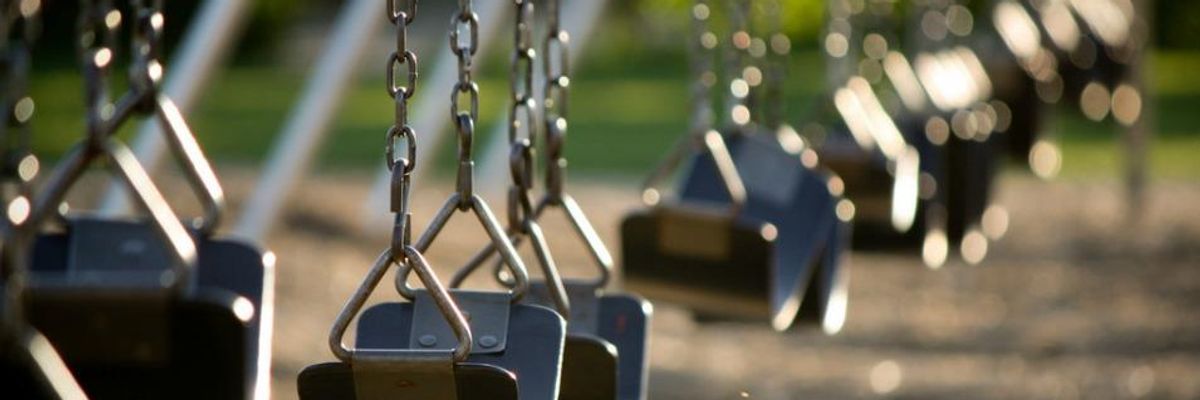My 5-year-old is bursting at the seams with excitement with the start of kindergarten this year. He tells me he wants to learn to tell time, tie his shoes, learn a new language, play basketball and make new friends. He attends an increasingly rare school that allows a decent amount of time for recess -- something research has shown supports academics, healthy friendships and healthy bodies.
The average time Seattle students spend in recess has steadily declined over the past few years, according to a May KUOW investigative story. When the study tracking recess began four years ago, only one Seattle school reported an average recess time of 20 minutes or less per day. During the 2013-2014 school year, some 11 schools offered that sort of a recess.
What's worse, the schools with the shortest recess times enroll disproportionately more low-income students and students of color.
Unfortunately, Seattle is following a national trend in reducing recess time in primary grades as school districts obsess about raising test scores. This obsession is driven by the federal education policy of the No Child Left Behind Act and the Race to the Top Fund.
While students ability to interact positively with one another or develop positive self-esteem may not be measured by the next test, these interpersonal skills are the foundation of a fulfilling life and should be the most important feature of our young children's education. As the American Academy of Pediatrics stated in 2007, "Play is essential to development because it contributes to the cognitive, physical, social, and emotional well-being of children and youth."
Controlled experiments by researchers Catherine Bohn-Gettler and Anthony Pellegrini show that recess improves children's attention to academic tasks. Moreover, recess is a critical factor in a student's social and emotional well-being. Recess facilitates children's social development by allowing for cooperation and conflict resolution during unstructured free play, critical for helping children develop the necessary qualities for strong friendships.
In addition to the social and emotional benefits, recess plays an important role in the physical health of children. With adequate adult staffing, recess can significantly contribute to increased physical activity to reduce obesity, according to the American Journal of Public Health.
Students of color and low-income students disproportionately miss out on the benefits of recess. Group Health pediatrician and childhood obesity researcher Paula Lozano recently said, "Those students are the ones we also now have higher rates of obesity, and for whom academic achievement in school is even more important. So we're doing this backwards."
The Seattle Public Schools is currently under federal investigation for disproportionate discipline practices that make African-American students more than four times as likely to be suspended as white students for the same infractions. The imbalance in recess allotment with regard to race is another indication Seattle Schools needs to more equitably serve our children.
However, the school district does not yet seem to be concerned. Lori Dunn, the physical education program manager for Seattle Schools, has said there are no plans in Seattle to require schools to provide a minimum amount of recess. She said, "Actually, I haven't been aware of the trend in data, but I could realize that it's true."
There are challenges to increasing recess time, partly because adults need to be present to keep rambunctious kids safe. As the state Supreme Court's McCleary ruling has demonstrated, school-funding levels are too low to provide an ample education for all the state's children.
It is vital the Seattle school district implement a plan for equitable access to unstructured play. Teachers get this. A Social Equality Educators motion to the June Representative Assembly of the Seattle Education Association supported this change.
As another school year gets under way, remember the words of Albert Einstein: "Play is the highest form of research." My 5-year-old is set to begin a grand research endeavor.
Let our kids play.
